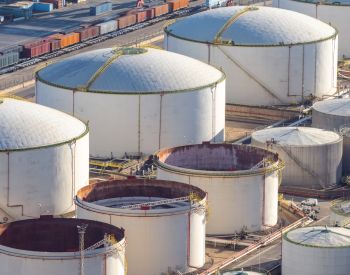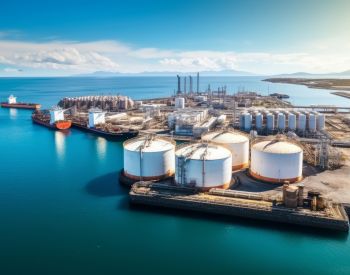Client challenge
Our client, required support in registering their solar energy project with the network operator and the Australian Energy Market Operator (AEMO) to ensure the plant met the requirements to connect to the grid, thereby completing the R1 registration process. The R1 process includes submitting information to AEMO after the proposed generating system’s detailed design is complete and major equipment has been procured by the Applicant.
What we did
Our Grid and Power team were commissioned to conduct technical studies to demonstrate that the plant met its agreed performance standards as R1 registration must be completed before generator commissioning can begin.
Plant construction is usually underway while the R1 registration process takes place, with a target date to commence commissioning. Should the R1 registration not be completed on time, this can result in huge delays and costs for the client.
Following registration, the next phase was commissioning, where our team then supported the client through the commissioning phase. During the commissioning process, generators are not allowed to operate at full output until compliance is demonstrated at lower outputs(staged release of capacity also known as hold points). This involved:
Preparation of test plans and remote monitoring of commissioning tests to demonstrate plant compliance
Preparation of compliance test reports at each hold point
Negotiating test outcomes with the network operator and the AEMO
Outcome
Our team successfully helped their client meet the relevant R1 and commissioning requirements as set out by the network operator and the AEMO for connecting their solar energy project to the grid.
Robby Palackal, Principal Power Systems Engineer, said: “A big challenge in itself is supporting the client in preparing the relevant grid connection studies and associated documents for submission to the network operator. Although grid connection is our bread and butter, every project has its challenges, and as the grid sees a higher integration of renewables, we must navigate an environment where connection requirements are continuously evolving.
The main challenge in many cases is resolving issues in regard to the computer model representing the plant and this can lead up to several months of delays We supported our client in negotiations with the equipment supplier to ensure an acceptable model is produced in a timely manner. We were also able to build trust with the network operator (for our client), by undertaking compliance tests to their satisfaction and through clear and transparent reporting of the compliance test outcomes.”
Through our support, the client was able to attain R1 registration, commence commissioning shortly after, and bring the plant to full commercial operation in a timely manner. We are still engaged by the client to support the post commissioning phase that is referred to as the R2 Model Validation phase that is to be completed within three months of completing commissioning.
The Grid and Power team continue to work on other similar utility scale solar, wind and storage (battery) projects each at different stages.


